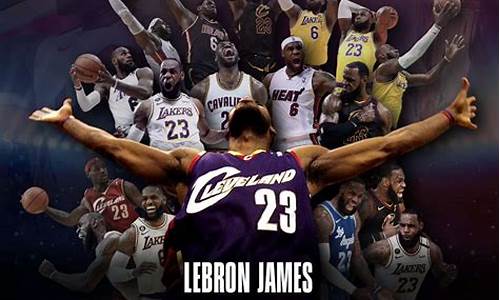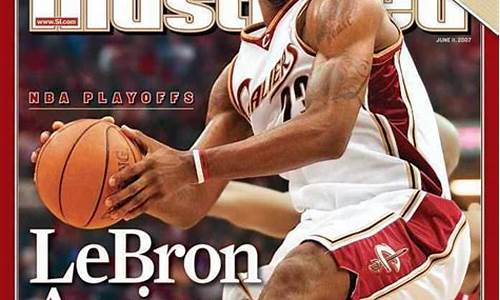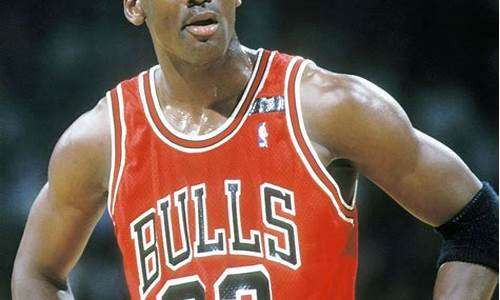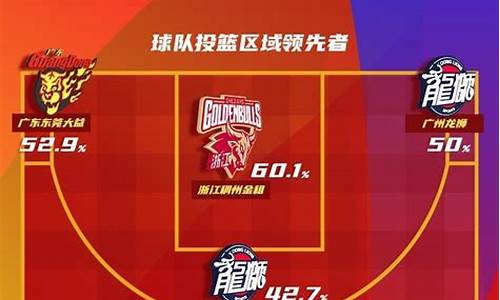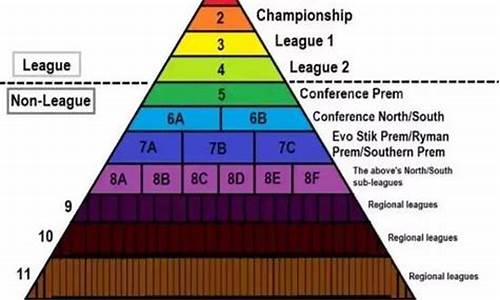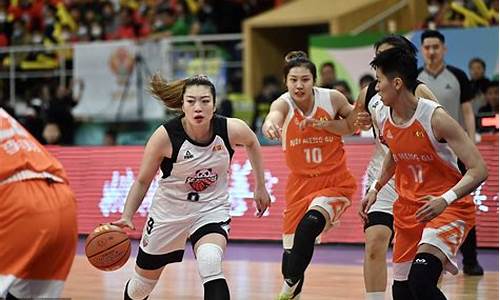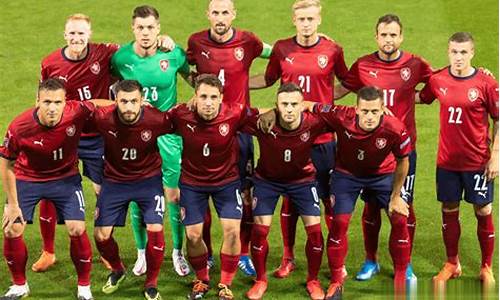1.2008北京奥运会会徽是什么?

吉祥物—福娃THE MASCOTS FUWA
Like the Five Olympic Rings from which they draw their color and inspiration, the Fuwa will serve as the Official Mascots of the Beijing 2008 Olympic Games, carrying a message of friendship and peace -- and good wishes from China -- to children all over the world.
Designed to express the playful qualities of five little children who form an intimate circle of friends, the Fuwa also embody the natural characteristics of four of China's most popular animals -- the Fish, the Panda, the Tibetan Antelope, the Swallow -- and the Olympic Flame.
Each of Fuwa has a rhyming two-syllable name -- a traditional way of expressing affection for children in China. Beibei is the Fish, Jingjing is the Panda, Huanhuan is the Olympic Flame, Yingying is the Tibetan Antelope and Nini is the Swallow.
When you put their names together -- Bei Jing Huan Ying Ni -- they say "Welcome to Beijing," offering a warm invitation that reflects the mission of Fuwa as young ambassadors for the Olympic Games.
The Fuwa also embody both the landscape, the dreams and aspirations of people from every part of the vast country of China. In their origins and their headpieces, you can see the five elements of nature -- the sea, forest, fire, earth and sky -- all stylistically rendered in ways that represent the deep traditional influences of Chinese folk art and ornamentation.
Spreading Traditional Chinese Good Wishes Wherever They Go
In the ancient culture of China, there is a grand tradition of spreading good wishes through signs and symbols. Each of the Fuwa symbolizes a different blessing -- and will honor this tradition by carrying their good wishes to the children of the world. Prosperity, hiness, passion, health and good luck will be spread to every continent as Fuwa carry their invitation to Beijing 2008 to every part of the globe.
At the heart of their mission -- and through all of their work -- Fuwa will seek to unite the world in peace and friendship through the Olympic spirit. Dedicated to helping Beijing 2008 spread its theme of One World, One Dream to every continent, the Fuwa reflect the deep desire of the Chinese people to reach out to the world in friendship through the Games -- and to invite every man, woman and child to take part in the great celebration of human solidarity that China will host in the lighting of the flame in 2008.
福娃是北京2008年第29届奥运会吉祥物,其色彩与灵感来源于奥林匹克五环、来源于中国辽阔的山川大地、江河湖海和人们喜爱的动物形象。福娃向世界各地的孩子们传递友谊、和平、积极进取的精神和人与自然和谐相处的美好愿望。
福娃是五个可爱的亲密小伙伴,他们的造型融入了鱼、大熊猫、藏羚羊、燕子以及奥林匹克圣火的形象。
每个娃娃都有一个琅琅上口的名字:“贝贝”、“晶晶”、“欢欢”、“迎迎”和“妮妮”,在中国,叠音名字是对孩子表达喜爱的一种传统方式。当把五个娃娃的名字连在一起,你会读出北京对世界的盛情邀请“北京欢迎你”。
福娃代表了梦想以及中国人民的渴望。他们的原型和头饰蕴含着其与海洋、森林、圣火、大地和天空的联系,其形象设计应用了中国传统艺术的表现方式,展现了中国的灿烂文化。
将祝福带往世界各个角落
很久以来,中国就有通过符号传递祝福的传统。北京奥运会吉祥物的每个娃娃都代表着一个美好的祝愿:繁荣、欢乐、、健康与好运。娃娃们带着北京的盛情,将祝福带往世界各个角落,邀请各国人民共聚北京,欢庆2008奥运盛典。
In China's traditional culture and art, the fish and water designs are symbols of prosperity and harvest. And so Beibei carries the blessing of prosperity. A fish is also a symbol of surplus in Chinese culture, another measure of a good year and a good life.
The ornamental lines of the water-we designs are taken from well-known Chinese paintings of the past. Among Fuwa, Beibei is known to be gentle and pure. Strong in water sports, she reflects the blue Olympic ring.
贝贝传递的祝福是繁荣。在中国传统文化艺术中, “鱼” 和 “水” 的图案是繁荣与收获的象征,人们用“鲤鱼跳龙门”寓意事业有成和梦想的实现,“鱼”还有吉庆有余、年年有余的蕴涵。
贝贝的头部纹饰使用了中国新石器时代的鱼纹图案。贝贝温柔纯洁,是水上运动的高手,和奥林匹克五环中的蓝环相互辉映。
Every emblem of the Olympics tells a story. The Beijing 2008 Olympic Games emblem "Chinese Seal, Dancing Beijing" is filled with Beijing's hospitality and hopes, and demonstrates the city's commitment to the world.
每一个会徽的后面都讲述着一个故事。在这个故事里充溢着中国北京的盛情和期盼。在这个会徽中记载着中国北京向世界做出的承诺。这就是“舞动的北京”,这就是“北京奥运会会徽”。
2008北京奥运会会徽是什么?
北京奥运会会徽蕴含的意义如下:
2008年北京奥运会会徽是一个中国传统印章的形象,叫做"中国印·舞动的北京",会徽上面是一个红色中国印章的形象。
印章中间有一个异化的汉字“文”字,这个“文”字又像一个奔跑的人,既体现了中国悠久的历史文化,又代表了奥运会的体育精神。
真正印证了那句广为流传的口号:世界给我十六天,我还世界五千年。会徽中间是“Beijing 2008”,代表着2008年北京奥运会,也是当届奥运会举办的时间和地点。会徽的最下面是奥运五环,历届奥运会会徽必须有奥运五环,这是奥运会的惯例。
历届奥运会会徽的特点
每一届奥运会都会选择不同的城市举办,主办国也都会设计不同的会徽,奥运会会徽由两部分组成,一部分是奥运会五环标志,另一部分是能够体现当届奥运会主办国风俗特点的图案。
比如1932年的第十届洛杉矶奥运会会徽主体是美国国旗,1956年第十六届墨尔本奥运会会徽主体是矗立在澳大利亚版图上的火炬。
会徽由两部分组成。上部分是一个近似椭圆形的中国传统印章,上面刻着一个运动员在向前奔跑、迎接胜利的图案。又像现代文字“文”字,取意中国悠久的传统文化。
下部分是用毛笔书写的“Beijing 2008”和奥运五环的标志,将奥林匹克的精神与中国传统文化完美的结合起来,同时也表明了奥运会的时间和地点。
扩展资料
“舞动的北京”是一方中国之印。
这方“中国印”镌刻着一个有着十三亿人口和五十六个民族的国家对于奥林匹克运动的誓言;
见证着一个拥有古老文明和现代风范的民族对于奥林匹克精神的崇尚;呈现着一个面向未来的都市对奥林匹克理想的诉求。
它是诚信的象征;它是自信的展示;它是第29届奥林匹克运动会主办城市北京向全世界、全人类做出的庄严而又神圣的重大承诺。
“精诚所至,金石为开”,这枚以先贤明言创意、以金石印章为形象的奥运会徽,是中国人民对于奥林匹克的敬重与真诚。
当我们郑重地印下这方“中国印”之时,就意味着2008年的中国北京将为全世界展现一幅“和平、友谊、进步”的壮美图画,将为全人类奏响“更快、更高、更强”的乐章。
参考资料:
百度百科 ?2008年北京奥运会会徽
